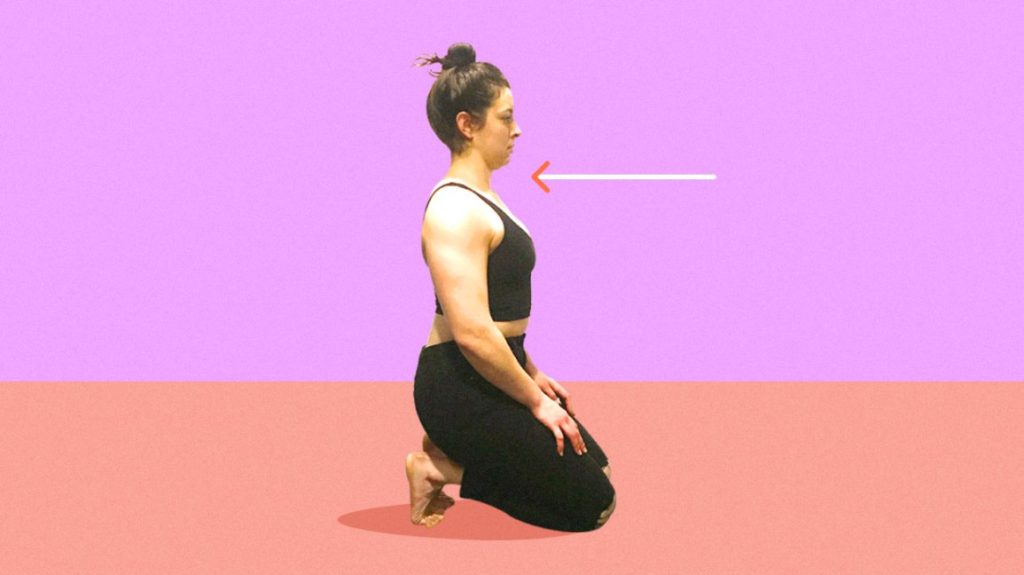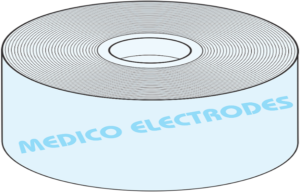What is Text Neck and How Does it Affect You?

Having a smartphone is great. You have everything you need in your pocket, and it can go with you wherever you are. But, with every new technological advancement, humankind has to adapt. Unfortunately, our minds are much more malleable than our bodies. That is why there is now a rise in a problem known as “text neck,” a condition that may not seem serious right away but could potentially get worse if left alone.So, what is text neck? And how does it affect you? We’re going to answer those questions today.
Text Neck: What You Need to Know
The term “text neck” was first coined by Dr. DL Fisherman, a US chiropractor, who kept seeing patients with a stress injury to the neck that resulted from continuous texting or watching of videos on handheld devices for extended periods of time. Over the years, text neck has also been called “turtle neck.” The technical name is “anterior head syndrome.”
The condition continues to grow more numerous as more and more people become subjected to a more digitized lifestyle. In the future, text neck could negatively impact most of the population.
How so? Well, think of it this way. Text neck affects the cervical spine, which is where most of the cranium’s weight is balanced. When you are sitting with good posture—no slouching—the weight of your head is carried over your natural center of gravity, so the muscles in the neck do not get stressed. In the case of text neck, however, the weight is unbalanced, straining the neck muscles and leading to things like:
- Flatter spinal curve
- Early onset of arthritis
- Spinal misalignment
- Spinal degeneration
- Muscle and nerve damage
- Disc compression and herniation
- Loss of volume capacity in the lugs
- Gastrointestinal issues
Text Neck Symptoms
Remember that strain we mentioned on the neck? When you tilt the head about 15 degrees forward out of alignment, that’s about 12 kg (27 lbs) of weight on the neck. At 30 degrees, it’s 18 kg (40 lbs); 60 degrees puts around 27 kg (60 lbs) on the neck muscles.
As you can imagine, that is a lot of weight for your neck to carry! No wonder the most common symptom of text neck is pain in the neck and shoulders. Other symptoms include:
- Stiffness in the neck and difficulty with moving the neck after sustained use of the handheld device
- Headaches from the tightness in the suboccipital muscles and neck
- Radiating pain that moves between the shoulders and arms
- Weakness in the muscles around the neck and shoulders
That is just the beginning. As mentioned earlier, if text neck goes untreated, it can affect the rest of your body.
One of the more common symptoms of extreme cases of text neck is a herniated disc. Within the spinal disc is a soft, gelatinous center known as the nucleus that is encased by a tougher ring known as the annulus. Herniation happens when the nucleus is pushed through a torn annulus. This causes intense pain, muscle weakness, and also tingling.
How to Correct Text Neck
With early detection, text neck is easy to correct. However, you should always consult with a medical professional before beginning any corrective measures. You may also wish to discuss some options with a chiropractor. The good news is that most methods for straightening your text neck is noninvasive.
1. Look at Your Lifestyle Habits
One of the simplest ways of dealing with text neck is to recognize the bad habit of slouching while you are using a handheld device. Once you start recognizing when your neck is slipping into a poor position, you will be able to correct yourself more easily. Once you do that, you should consider changing how you text.
No, that does not mean foregoing texting. First, keep the device eye-level rather than bowing your head over. Do not bend down to see the screen—bring it up to your eyes. From there, keep your spine straight and do not slump the shoulders.
If you are having trouble detecting the moments when your posture is poor, you might want to turn to technology. There are also apps that are able to remind you about text neck that could be useful 2. Stretch and Exercise Your Neck
Text neck is the result of holding your neck at an unnatural angle and stressing out the muscles. Moving your body around will do wonders for easing the tension text neck creates. There are plenty of stretches and exercises that can reduce the pain and stiffness caused by text neck. Things like front shoulder stretches, head circles or rotations, side to side isometric stretches, yoga postures, and so on are the perfect place to start.
3. Go See a Chiropractor
Since chiropractors are trained to target the source of many spine-related issues, they will be an effective part of your anti-text neck regimen. Chiropractors will manipulate the spine with techniques designed to enhance alignment and relieve stress. They may also be able to give you some tips for soothing pain and stiffness at home.
4. Try a Massage
No, you don’t have to spend time and money visiting a massage therapist—though it is highly effective. Self-massage is easy and quick. Learn some ways to massage your own muscles so you can use those methods whenever you need them.
Wrapping Up
Sometimes, text neck has been ignored for too long and the end result is visiting a doctor for anesthetics or trigger point injections. Obviously, you want to avoid text neck altogether, if possible, because no one wants to live in pain. Understanding text neck is the first step. Next, work on adjusting your posture and being mindful about where your head is in relation to your neck. And don’t forget to ease tension away at the chiropractor’s!








